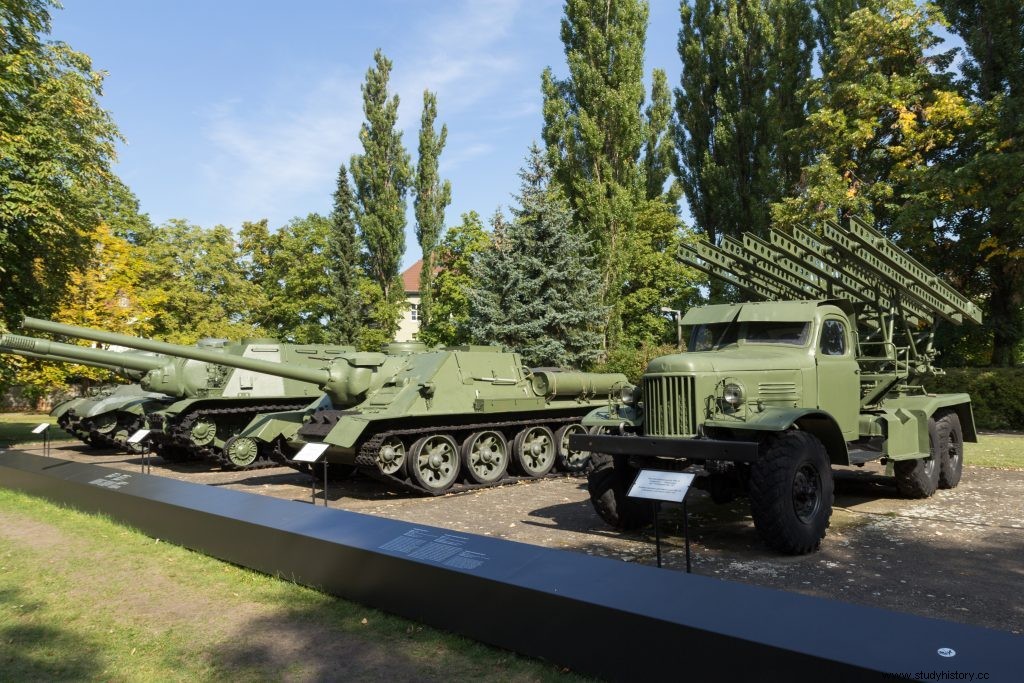On May 8, 1945, the German Wehrmacht surrendered unconditionally to the occupying forces. The signing took place in an engineering barracks east of Berlin, in the district of Karlshorst. From that moment on, the place became the headquarters of the Soviet occupation troops in Germany.
The victory celebration is celebrated on the 8th in Western countries, and on the 9th in Eastern bloc countries. Two surrender documents were signed. The first, in Rheims, was signed on May 7, while a second document was signed on May 8 in Karlshorst, in Berlin.
Both documents stipulated that the surrender of all German armed forces would take place at 11:01 p.m. on May 8, Central European Time. Due to the time change, in Moscow it was already early morning on the 9th when the formal surrender took place, so the celebration is celebrated on that day in the former Soviet republics.
The unconditional surrender was presided over by Soviet Marshal Georgi Zukhov, with the presence of British, American and French soldiers. On the German side, the surrender was signed by the chief of staff, Marshal Wilhelm Keitel.
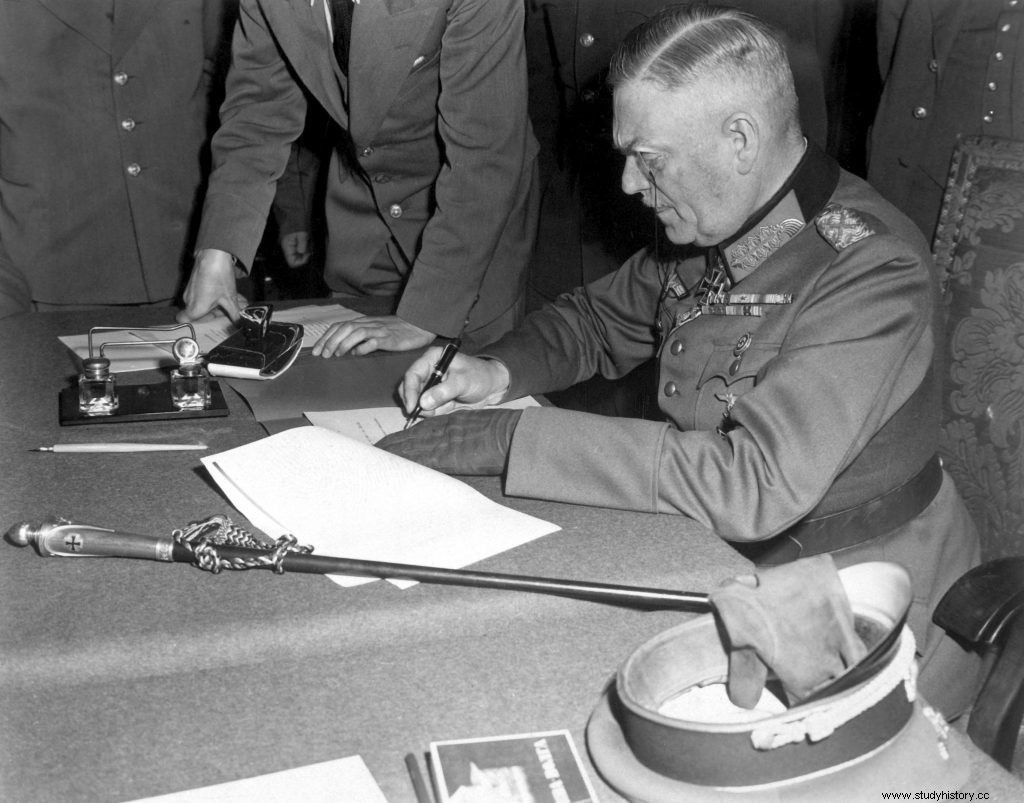
How to get to the Russian-German Museum
The Russian-German museum is located in the district of Karlshorst, to the east of the city of Berlin. To get there we must take bus number 296 to the Museum Karlshorst. stop. To find out the best combination to get there, you can consult the following LINK.
Opening hours
- Monday:closed
- Tuesday to Sunday:10:00 a.m. to 6:00 p.m.
Free entry
Visit the Russian-German Museum
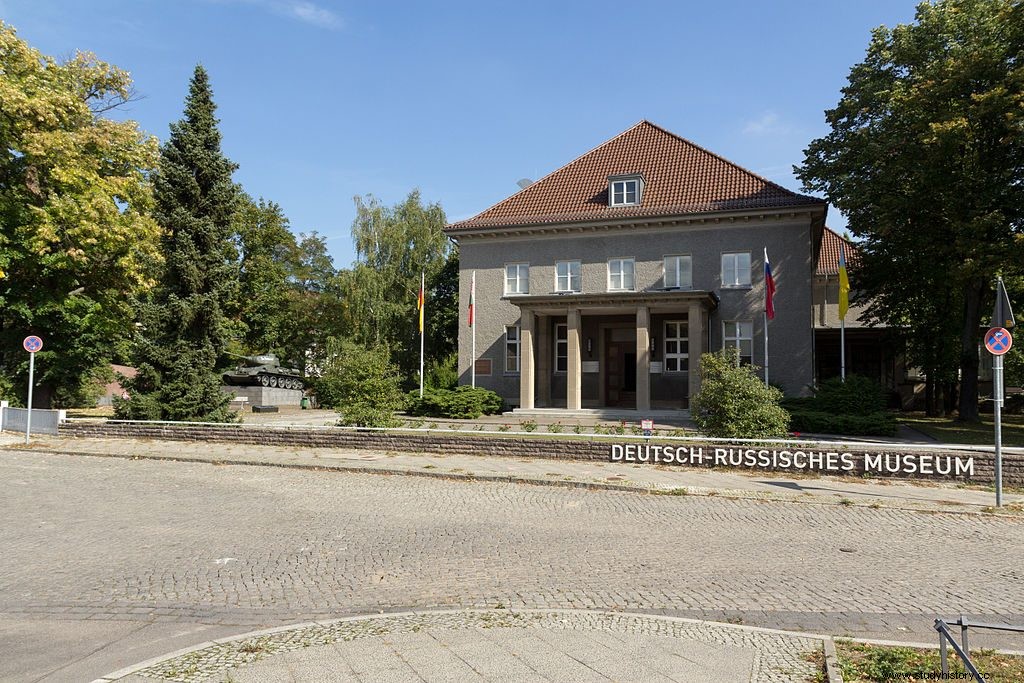
The Russian-German museum divides its exhibition into two parts. On the ground floor of the building, where the surrender of the German armed forces took place, the room where the surrender was signed and Marshal Zukhov's office have been preserved. In the marshal's office, his personal uniform with his Hero of the Soviet Union insignia, the highest Soviet military distinction, is in a glass case. 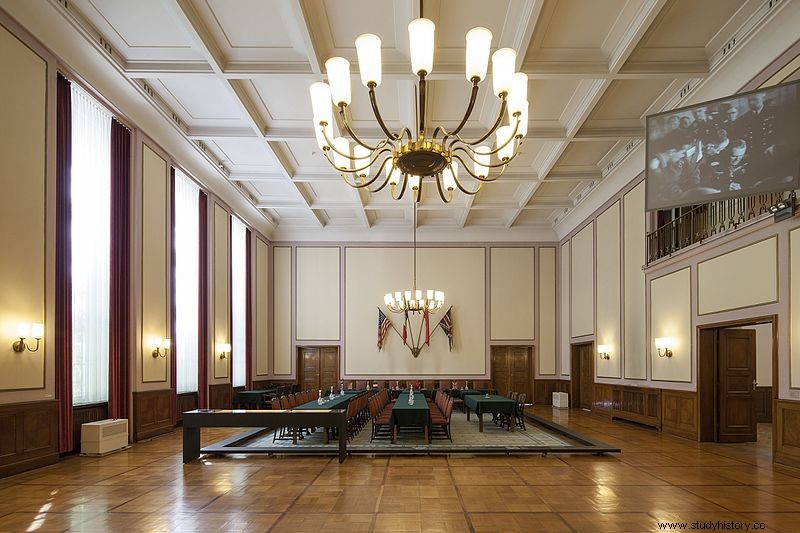
On the upper floor there is a modern exhibition that narrates the war between Germany and the Soviet Union between June 1941 and May 1945.
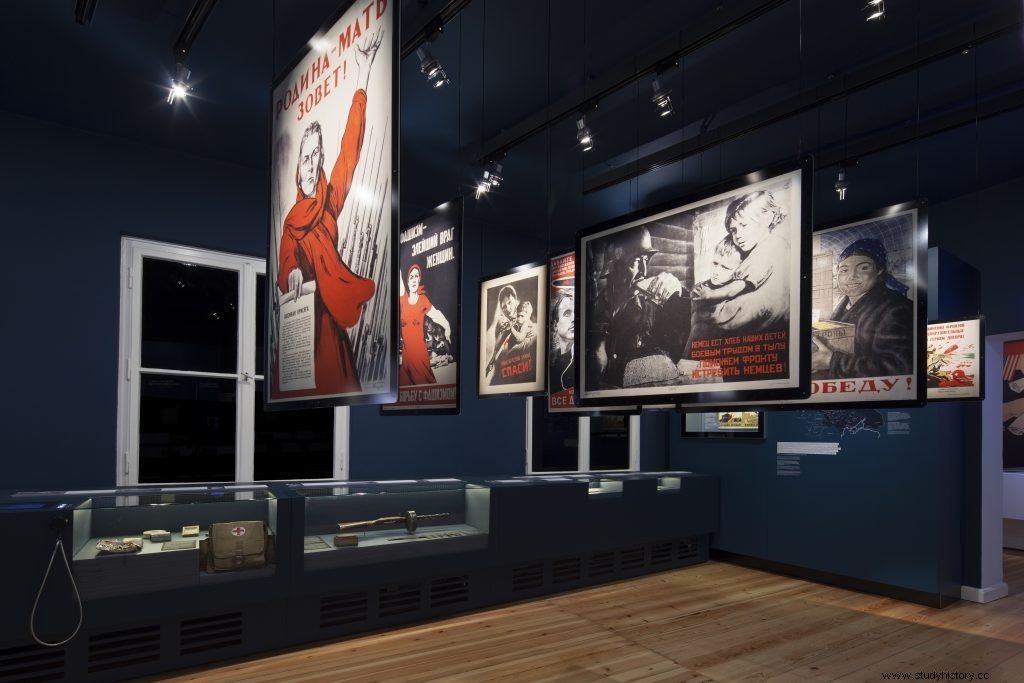
Several Soviet battle tanks and artillery pieces used during the Second World War are parked in the outer courtyard.
